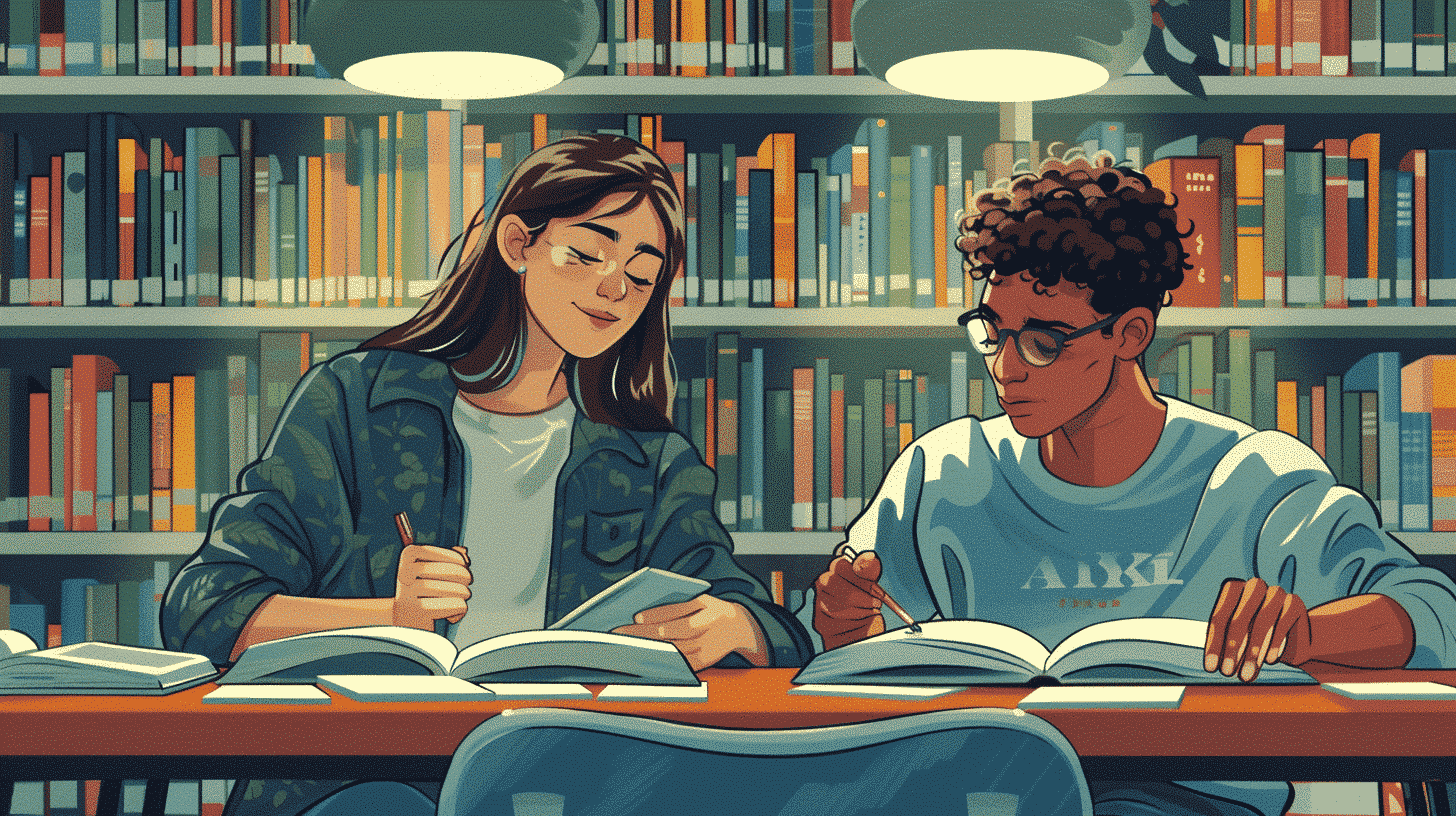Understanding Basic Colours in French
The foundation of learning colours in French starts with recognizing the most common colour words. These basic colours form the building blocks for more complex descriptions and are crucial for everyday conversations.
Primary Colours
- Rouge – Red
- Bleu – Blue
- Jaune – Yellow
Secondary Colours
- Vert – Green
- Orange – Orange
- Violet – Purple
Neutral Colours
- Noir – Black
- Blanc – White
- Gris – Grey
- Marron – Brown
These words are essential for describing objects, clothing, nature, and much more. Talkpal provides interactive flashcards and pronunciation guides that help reinforce these basic terms.
Gender and Agreement Rules for Colours in French
One of the challenges when learning colours in French is understanding how colours agree with the gender and number of the nouns they describe. Unlike English, French adjectives, including colours, must agree in gender (masculine/feminine) and number (singular/plural).
Basic Agreement Rules
- Masculine singular: The base form of the colour is used (e.g., un pull rouge – a red sweater).
- Feminine singular: Usually add -e to the masculine form (e.g., une robe rouge – a red dress). Note: If the masculine form already ends in -e, it remains unchanged.
- Masculine plural: Generally add -s (e.g., des pulls rouges – red sweaters).
- Feminine plural: Add -es (e.g., des robes rouges – red dresses).
Exceptions and Irregularities
Some colour adjectives do not follow regular patterns:
- Marron (brown) is invariable and does not change form.
- Orange also remains the same in masculine and feminine forms.
- Colours derived from nouns (like turquoise, châtain) are typically invariable.
Understanding these rules is crucial for proper sentence construction, and Talkpal’s grammar exercises provide practical scenarios to practice agreement seamlessly.
Describing Shades and Tints of Colours in French
Colours in French can be nuanced by adding adjectives or combining words to describe specific shades or tints. This enriches your vocabulary and allows for more precise communication.
Common Descriptive Words
- Clair(e) – Light (e.g., bleu clair – light blue)
- Foncé(e) – Dark (e.g., vert foncé – dark green)
- Pastel – Pastel (e.g., rose pastel – pastel pink)
- Vif / Vive – Bright (e.g., jaune vif – bright yellow)
Combining Colours for Precision
Sometimes, colours are combined for enhanced specificity:
- Bleu-vert (blue-green)
- Rouge bordeaux (burgundy red)
- Gris argenté (silvery grey)
Mastering these nuances helps learners describe environments, fashion, art, and nature more vividly. Talkpal’s image-based lessons encourage learners to identify and describe colours with these modifiers in real-world contexts.
Using Colours in Everyday French Sentences
Knowing the vocabulary and grammar is just the beginning. Using colours effectively in sentences boosts communication skills in practical situations.
Examples of Common Phrases
- J’aime le bleu. – I like blue.
- La voiture est rouge. – The car is red.
- Elle porte une robe verte. – She is wearing a green dress.
- Les fleurs jaunes sont belles. – The yellow flowers are beautiful.
Practical Tips for Language Learners
- Practice describing objects around you using colours in French.
- Use Talkpal’s voice recognition feature to improve pronunciation of colour terms.
- Create flashcards with images and colour names for memorization.
- Engage in conversation practice focusing on colour descriptions.
Colours in French Culture and Symbolism
Colours carry cultural meanings that can enrich your understanding of the language and its speakers.
Symbolism of Colours
- Red (Rouge) – Often associated with passion, love, and sometimes danger.
- Blue (Bleu) – Symbolizes calm, trust, and is France’s national colour.
- White (Blanc) – Represents purity and peace.
- Black (Noir) – Can denote elegance or mourning.
Colours in French Art and Fashion
French art, fashion, and design often emphasize colour as a form of expression. Learning colours in French allows learners to appreciate and discuss French culture more deeply. Talkpal offers cultural notes and themed lessons to explore these aspects alongside language learning.
Advanced Vocabulary: Colours Beyond the Basics
For learners looking to expand beyond the common colours in French, here are some advanced terms:
- Turquoise – Turquoise
- Saumon – Salmon
- Lavande – Lavender
- Corail – Coral
- Or – Gold
- Argent – Silver
Integrating these words into your vocabulary allows for richer descriptions and is especially useful for professions related to design, art, or fashion. Talkpal’s contextual learning modules help incorporate such advanced vocabulary naturally.
Conclusion: Enhancing Your French Skills with Colours
Mastering colours in French is a vital part of language acquisition that enhances descriptive ability and cultural understanding. From basic vocabulary to complex agreement rules and cultural significance, colours provide a vibrant way to enrich your French skills. Tools like Talkpal support learners by offering interactive, engaging methods to practice and master colours in French effectively. By immersing yourself in these lessons and practicing regularly, you will gain confidence and fluency in using colours in French conversations, writing, and comprehension. Embrace the colourful journey of learning French and watch your language proficiency bloom.






